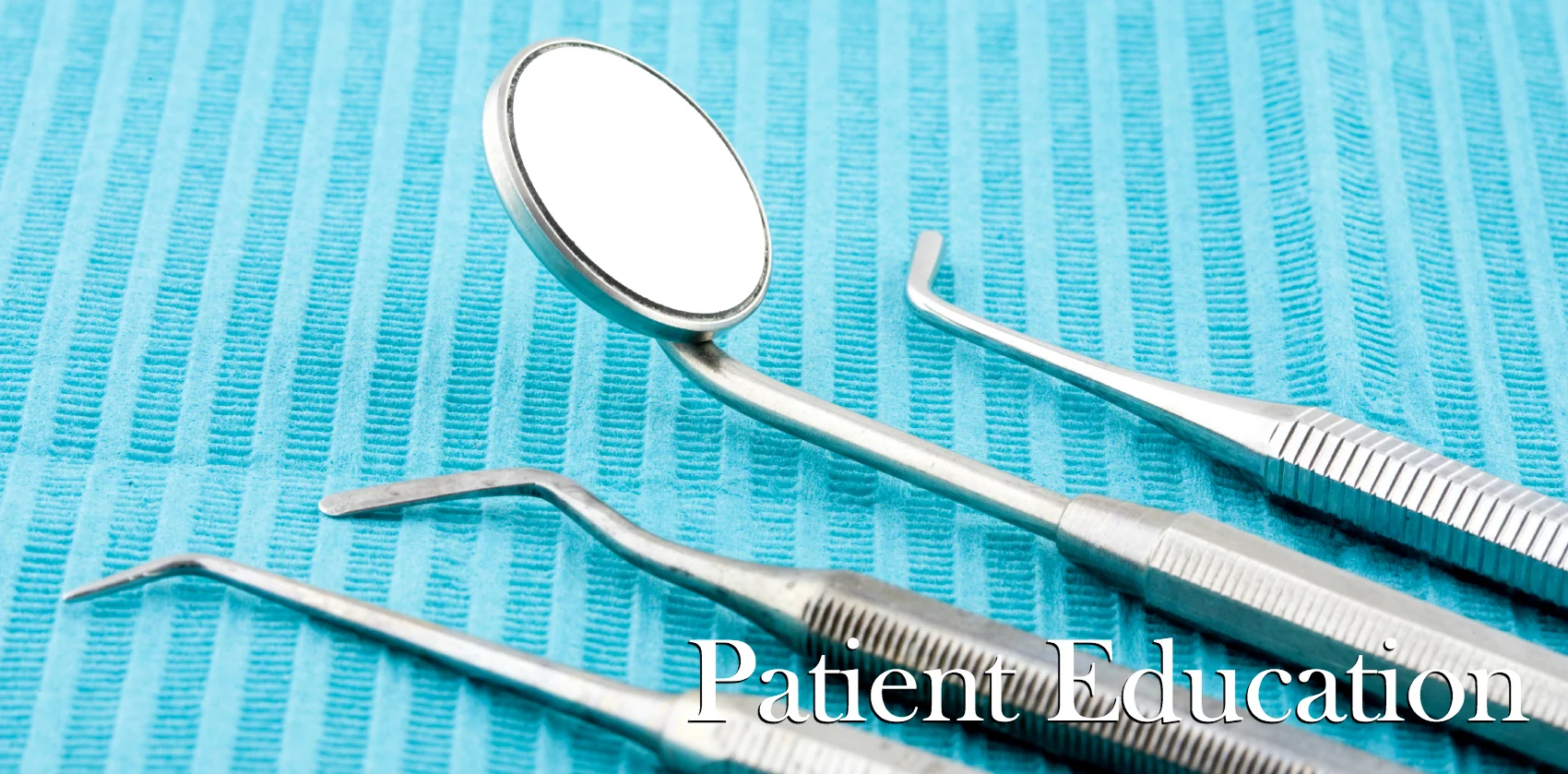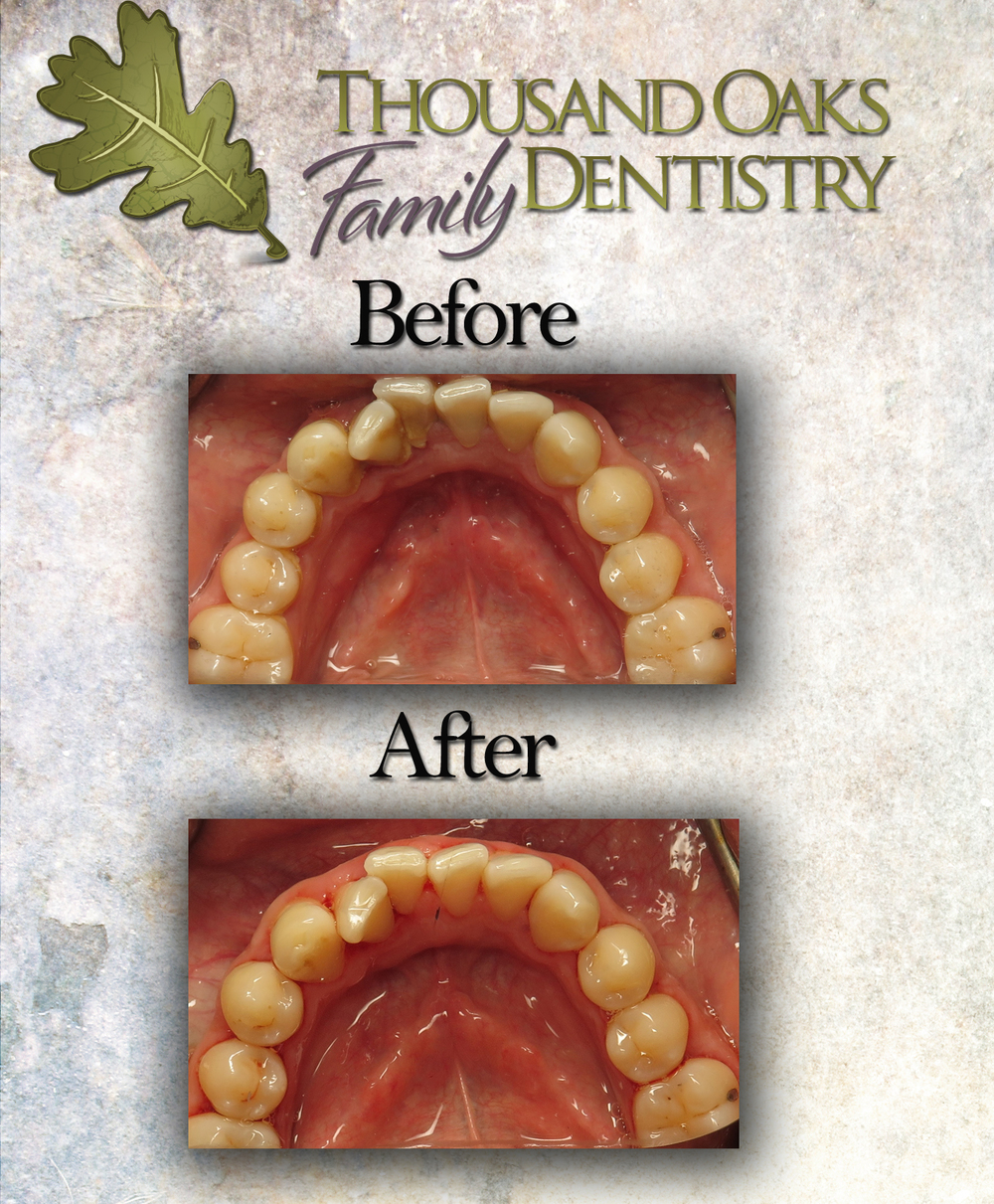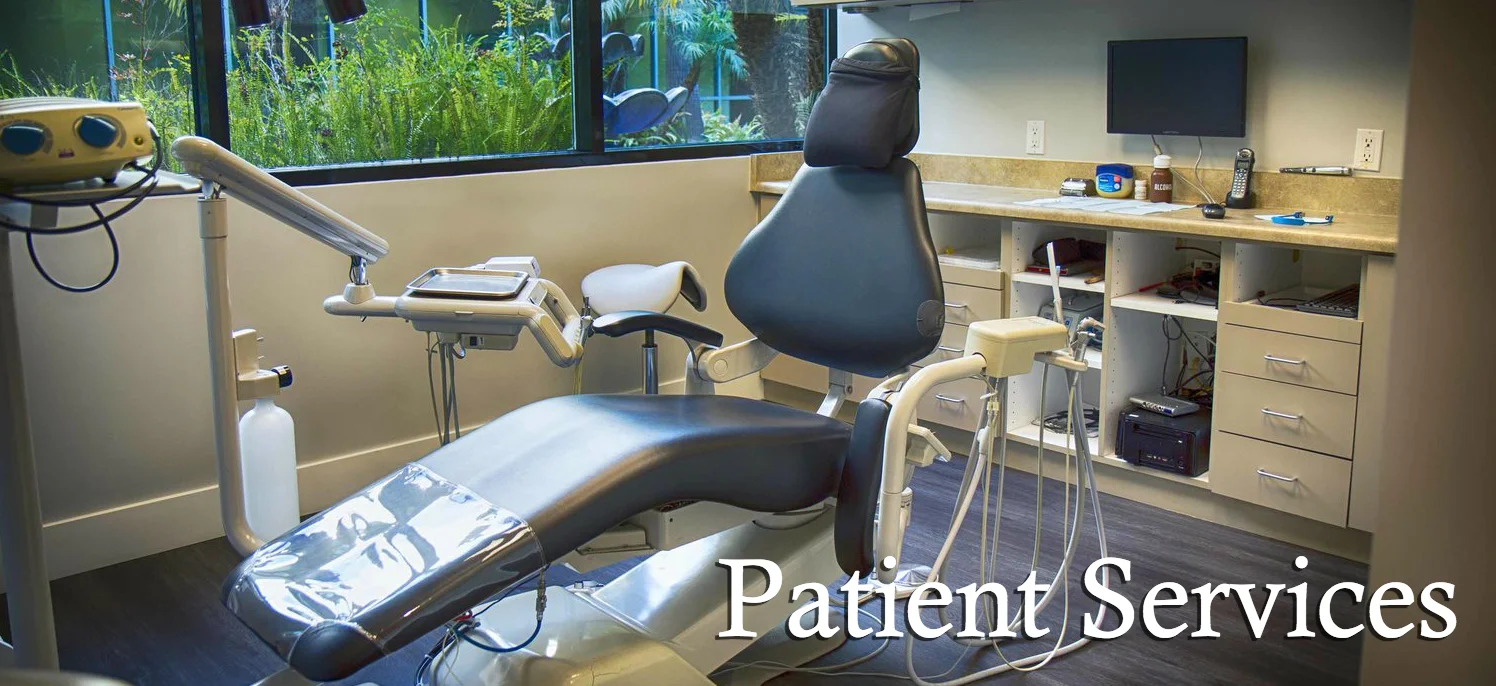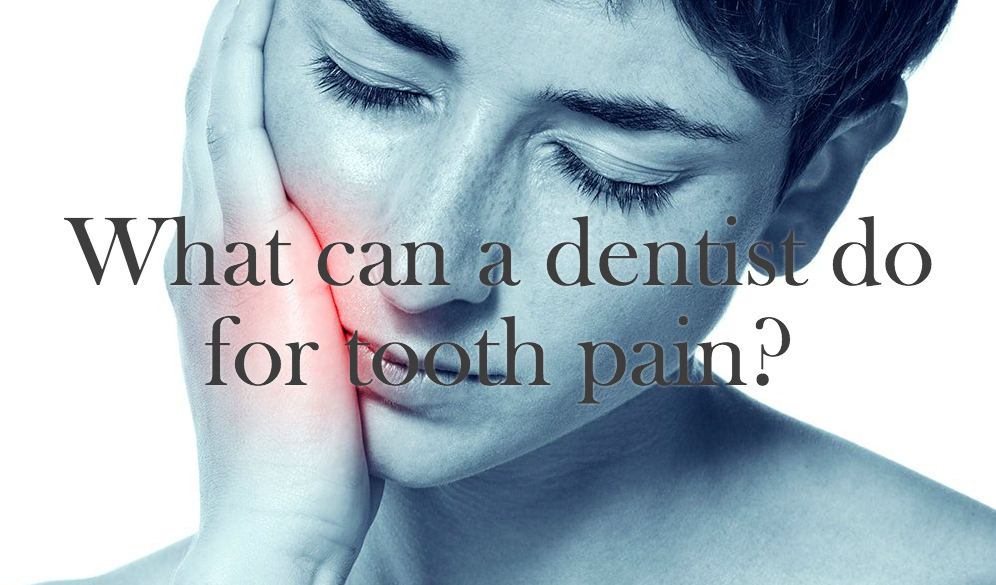Lori and her husband
Lori's kids
At Thousand Oaks Family Dentistry, our team is what makes the experience special! We are fortunate to work with a dedicated group of dentists, hygienists, dental assistants and office staff that are passionate about excellent care. Today, we would like to honor Lori, one of our beloved hygienists. She has been an important part of our office for nearly a decade, with many patients attesting to her expertise and skill.
Lori Dombroski joined our team as a registered dental hygienist at Thousand Oaks Family Dentistry in February of 2008. Lori is from Newbury Park and is a graduate of Newbury Park High School. She furthered her education at Moorpark College and obtained her degree in dental hygiene from West Los Angeles School of Dental Hygiene in 1991. Lori resides in Moorpark with her husband and has two grown children. On the weekends you can find Lori antique shopping, going to the beach, spending time with her family, and enjoying area restaurants.
At our office, we pride ourselves in selecting staff members to suit a number of different dental needs and personality types. Our goal is to have every patient to feel like part of our "family." To schedule an exam and/or cleaning, please give our office a call at (805) 480-9820 today!























